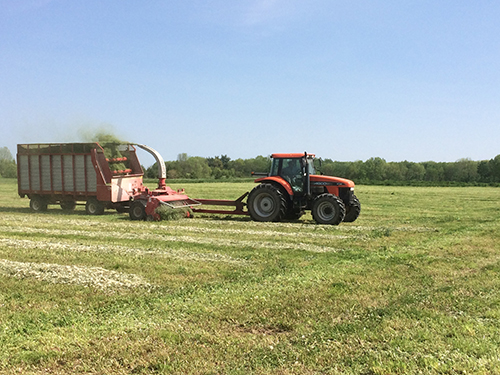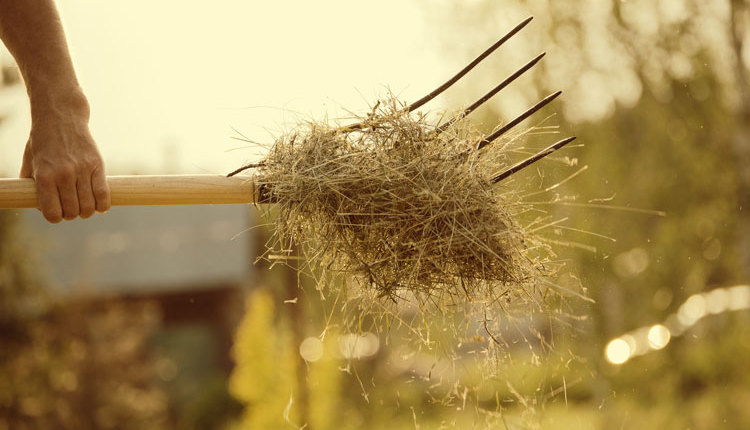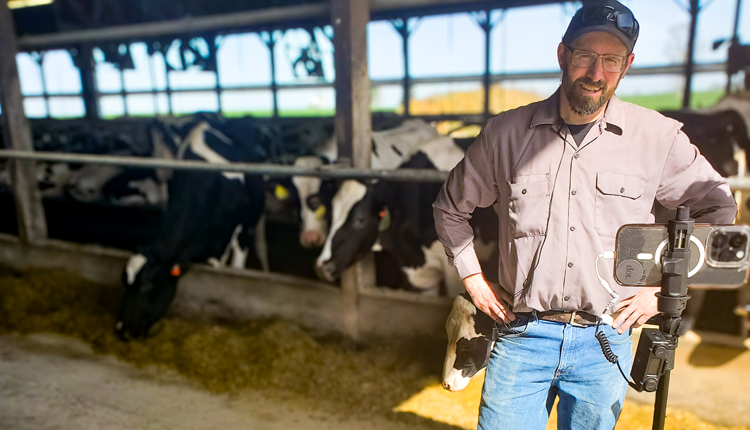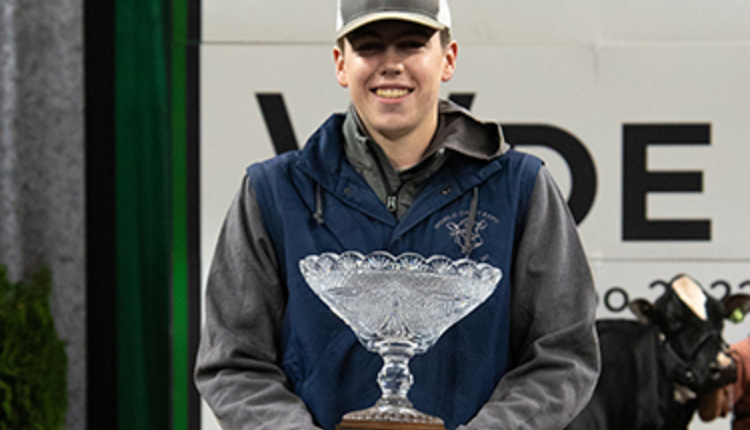"The chopper needs a lot of work," said my father. "I picked up a chain and it made it through the rotary knives, jammed the blower, and tore the main drive belt."
That's the last thing you want to hear when 66 percent of your first-cut alfalfa is still laying in the field. The seized chopper was a first in my father's 47-year dairy farming career. He had always gotten by without a metal detector. However, an earlier repair involving a four-wheeler, lost chain, and cows loose from the pasture fence led to the present situation. Of course, the chopper had to find that lost chain some 60 days later.
Determined to get the machine up and running, my father went back to assess the damage, and he asked that I call my mechanically inclined brother-in-law who farms about an hour away. A voice mail to my brother-in-law and a quickly returned phone call on his part set the repair plan into action. He would be at our farm at 7 a.m. the next day so we could create a parts list. That would allow my mother to be at the dealership, promptly at 8 a.m. on Monday, when it opened.
By the time my brother-in-law, Charlie Knigge, arrived Monday morning, we had everything ready for viewing, and I would serve as his chief assistant. With 15 years of experience milking with robots, having added four wheel drive to his self-propelled forage harvester and replacing the rear axle on his articulated tractor, there isn't much that the thirty-something dairyman shies away from.
"We need to take all the shields off and look at that blower," he calmly advised.
And so we took every shield off the rear end of that pull-behind chopper, including the blower's band. And there it was . . . an 18-inch piece of log chain that was slingshot into the blower. Amazingly, the band encasing the blower only had a small ripple in it. With the aid of a hydraulic jack, we slowly eased the band back into place . . . anyone who has done this task knows it's a tedious process.
At that point, I began replacing shields and Charlie went to work on the knives.
Despite the carnage, the knives were in remarkably good shape. However, the knives only had about one season of chopping left, so we collectively made the call to replace them all since we had everything wide open. With precision, Charlie replaced the eight knives, using newly purchased bolts and washers. With some knife sharpening and a reset on the cutterbar, the chopper was ready for a test.
Since it was already 11:15 a.m., no further conversation was needed; my father climbed into the tractor and we hooked him up to the forage box. As he pulled away, the repair crew walked behind the rig, anxiously waiting to hear the hopeful purr of forage moving through the chopper.
"Hmmmmmmmm" went the chopper. The test went perfectly.
And with that, first crop was again being processed for the family's dairy herd. At 11:30 p.m., the last load went up the silo without another glitch as we chopped nonstop to beat the pending rain.


The author is the managing editor, and he brings 21 years of industry leadership to our readers overseeing all editorial content and production of the magazine. His degree from the University of Wisconsin-Madison combined dairy science and agricultural economics.











